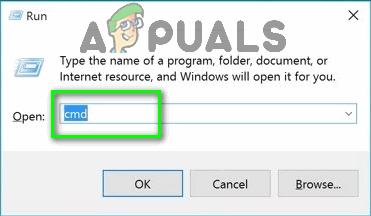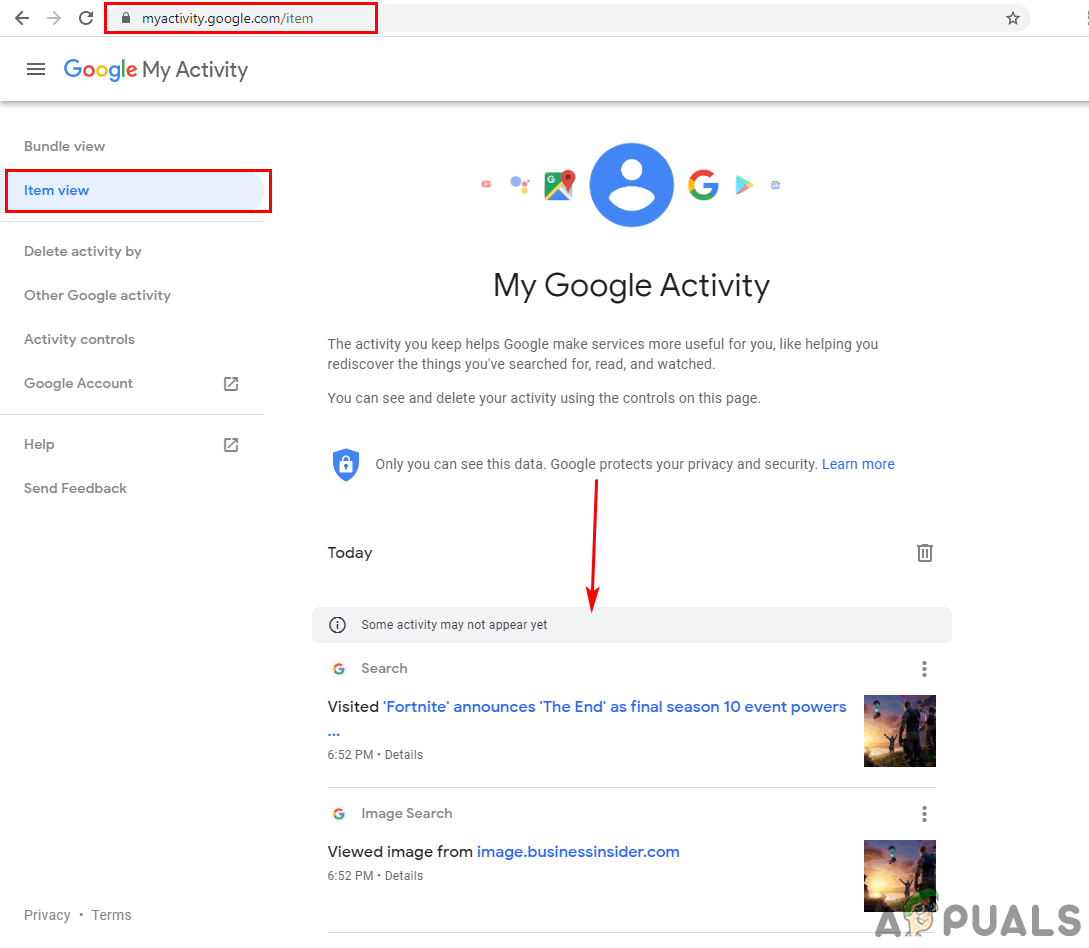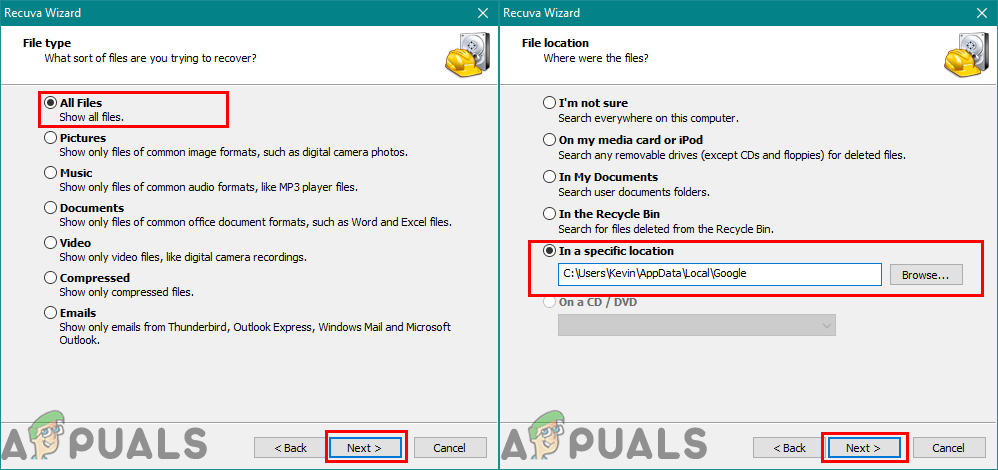Recover Deleted Browser History for Google Chrome on Windows 10
Every search is saved in our Google Chrome browser is in the form of history. By using history, the user can check all the visited sites that they visited in the past. Most of the time, users delete these cache files (history/user data) for browsers to refresh the browser speed. Recovering the deleted history can be hard for most of the users. However, we will show you some methods in this article that can help the user to recover the history after deleting.

Methods to Recover Deleted Browser History on Google Chrome
Recovering the deleted browser data sounds a bit hard, but there are some methods that can be helpful. History is saved in your local files on the computer and in your browser account if you have one logged in. Some confirmed methods are used below to help you out with recovering the history of your browser.
1. Use the Windows Restore Option for Google Chrome Folder
Windows 10 provides an option for recovering the folder from the previous version. When a user removes the history of the Chrome browser, it basically removes the data in a specific folder. You can restore the folder to its previous latest version to recover the history as shown below:
- Open your File Explorer and go to the following path:
C:\Users\Kevin\AppData\Local
Note: Instead of Kevin, you will have your user name.
- Right-click on the Google folder and choose Properties. Go to the Previous Version tab and choose the version before deleting.

Recovering previous version of the folder - Click the Apply button and Ok. This will restore the history up to that version.
However, if you don’t have the previous version available, then you can try other methods below.
2. Check the DNS Cache Queries
Our DNS will save each query that our browser and applications use to connect to the internet. Using this method, we will show you some of the recent queries that were made. However, this will not show all the history. You can check DNS cache queries by following the below steps:
- Hold the Windows key and press R to open Run. Type ‘cmd‘ and press Enter to open Command Prompt.

Type “cmd” into the Run dialog - Now type the following command to check the recent DNS queries.
ipconfig/displaydns

Typing command to view queries - This will only show the limited recent connection queries to any website, application or servers.
3. Find History Through Google My Activity
Google My Activity saves every search and activity used in your browser. This will work if you have your Gmail account synced with your browser. This method will work if the user hasn’t deleted the history in their Google account settings. By using My Activity, user can check all the history during their account was logged in by following the below steps:
- Open My Activity for Google account in your browser. Sign in to your account if you are not signed in yet.

Opening Google My Activity - Click on the Item view on the left side to view your search history.

Checking history through My Activity - This will show all the history that was synced to your Google account.
4. Use Recovery Software to Recover the History Folder
This method is similar to the first, but in this, we will be using a third-party application to recover the previous version. Many users will not have the previous version option available in their properties, so this can help the same. Using the recovery software will recover the recently deleted files within your browser folder.
- Go to the Recuva official site and download the free version.

Downloading Recuva recovery software - Install the software and run it. Now choose All Files for the file type, choose In a specific location option for path and provide the file location as shown below:

Specifying settings for recovering history files - Now Start the recovery for the Google folder and in the end, you will get the files that were deleted from the folder. Find the history related files and save them back to the folder.





